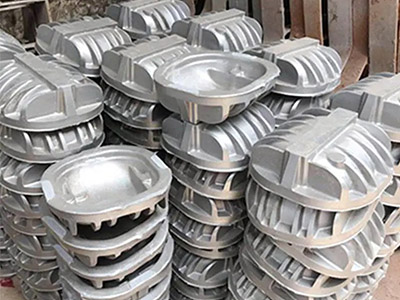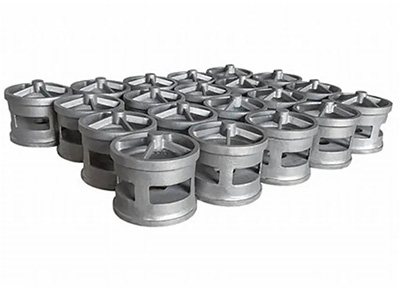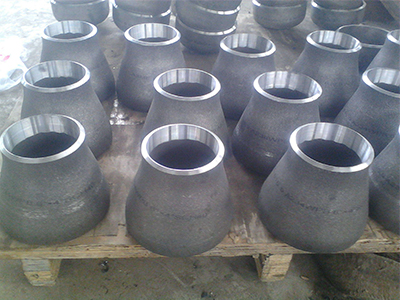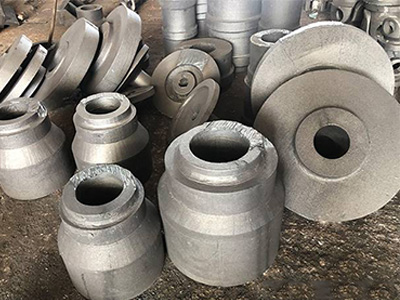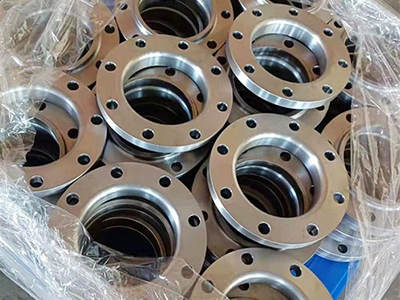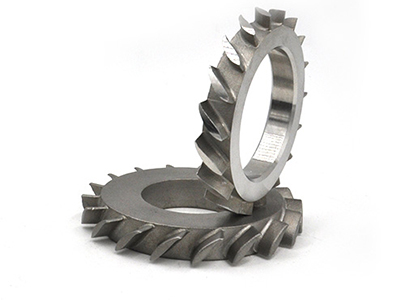- Temperature and Speed of Steel Castings in pouring process
- Causes of insufficient precision specifications of precision castings
- How to cool the investment casting quickly?
- The primary condition of the precision casting gear
- What are the principles of stainless steel precision casting method?
- Composition ratio of stainless steel cleaning agent
- The characteristics of precision casting
- What are the requirements for the selection of rough stainless steel precision casting?
- What are the processing steps of stainless steel precision casting?
- Basic requirements of stainless steel precision casting casting structure
- Call : +86 13390692151
- sale@kfqizhongji.com
-
Room 1, No. 21, Chaoying East Road, Zhoushi,
Kunshan City, Jiangsu Province, China
Factors affecting precision casting accuracy
Generally, the dimensional accuracy of precision casting is affected by many factors, such as casting structure, casting material, mold making, shell making, roasting, pouring and so on. Unreasonable setting and operation of any link will change the shrinkage rate of the casting, resulting in the deviation of the dimensional accuracy of the casting from the requirements.
1. The influence of casting structure: casting wall thickness, large shrinkage, thin casting wall, small shrinkage; The free shrinkage rate is large, the hindrance shrinkage rate is small; The influence of casting material: the higher the carbon content in the material, the smaller the line shrinkage, the lower the carbon content, the greater the line shrinkage; Casting shrinkage rate of common materials: casting shrinkage rate K=(LM-LJ)/LJ×100%, LM is the cavity size, LJ is the casting size. K is affected by the following factors: wax mold K1, casting structure K2, alloy type K3, pouring temperature K4.
2. The effect of mold making on the line shrinkage rate of casting: the effect of wax injection temperature, wax injection pressure and holding time on the size of the investment mold is obvious with the wax injection temperature Z, followed by the wax injection pressure. The holding time has little effect on the final size of the investment mold Z after ensuring the investment molding. The line shrinkage rate of wax is about 0.9-1.1%; When the investment is stored, further shrinkage will occur, and the shrinkage value is about 10% of the total shrinkage, but the size of the investment is basically stable after 12 hours of storage.
3. The influence of shell materials: zirconium sand, zirconium powder, Shangdian sand, Shangdian powder, because of its small expansion coefficient, only 4.6×10-6/ C, so it can be ignored; The influence of shell roasting: Because the expansion coefficient of shell is small, when the shell temperature is 1150℃, it is only 0.053%, so it can be neglected. The influence of casting temperature: the higher the casting temperature, the greater the shrinkage rate; the lower the casting temperature, the smaller the shrinkage rate; therefore, the casting temperature should be appropriate.
